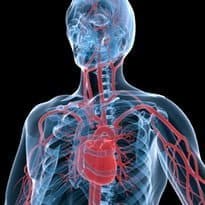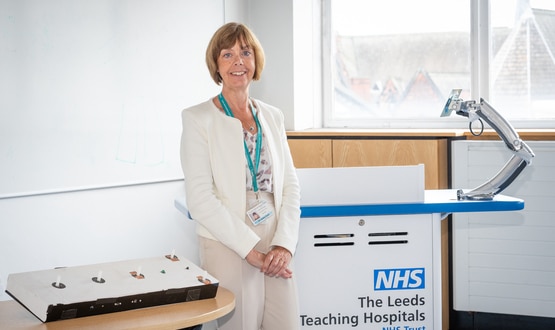New software is all heart
- 12 April 2013

A new software-based prototype to help doctors identify the extent of heart disease in patients without recourse to invasive procedures is to be tested on 100 patients during a three-year trial.
The prototype, which has been developed by researchers and doctors at Sheffield Teaching Hospitals NHS Foundation Trust and the University of Sheffield, works by creating a 3D model of the coronary arteries during an angiogram, giving doctors a more detailed picture of which arteries need treating.
If the trial is successful, the software offers a method of assessing heart disease that is cheaper, less time-consuming and easier to use than current methods.
Doctors use angiograms to view lesions on a patient’s artery, but to make a decision about whether to insert a stent in the artery, they also need information about whether the lesions impair blood flow, leading to angina.
Traditionally, doctors have used additional functional tests, such as nuclear scans or perfusion MRI scans, to obtain this information.
Even with additional scans, making a decision about whether to insert a stent is to some degree subjective, said Paul Morris, British Heart Foundation clinical training research fellow and project team member.
“A lot of lesions are in the moderate range, where you’re not quite sure whether to leave the lesion alone or put a stent in.”
More recently, said Morris, doctors have been able to obtain the information about flow during the angiogram itself, by inserting pressure wires inside the artery.
“If you have a bit of disease or a narrowing in the artery, the pressure drops as you cross that lesion – you have a higher pressure upstream, and a lower pressure downstream.
“Knowing that pressure information helps doctors make much more objective decisions about when to put stents in. There’s a very defined cut-off, a pressure drop, that indicates that the lesion probably could cause angina so you should probably stent it.”
The problem said Morris, is that “to put a pressure wire down an artery prolongs the procedure, costs more money, and is technically more challenging. Not as many doctors can do it, so only certain centres perform this test.”
The prototype addresses that problem by measuring the pressure without a pressure wire.
The pictures created during the angiogram are used to make a model of the artery on the computer, and an engineering process called computational fluid dynamics (CFD) is used to compute the pressures down the artery.
A pilot on 35 patients has already been carried out, in which the results from the prototype were compared with results using a pressure wire. The prototype recommended the right treatment decision in 97% of cases.
The three-year trial, funded by the Wellcome Trust, the Department of Health and the British Heart Foundation, will look at 100 patients with complicated heart disease.
If it is successful, Morris said the software could become a “highly desirable tool for cardiologists across the world”, replacing the use of functional scans and pressure wires.




